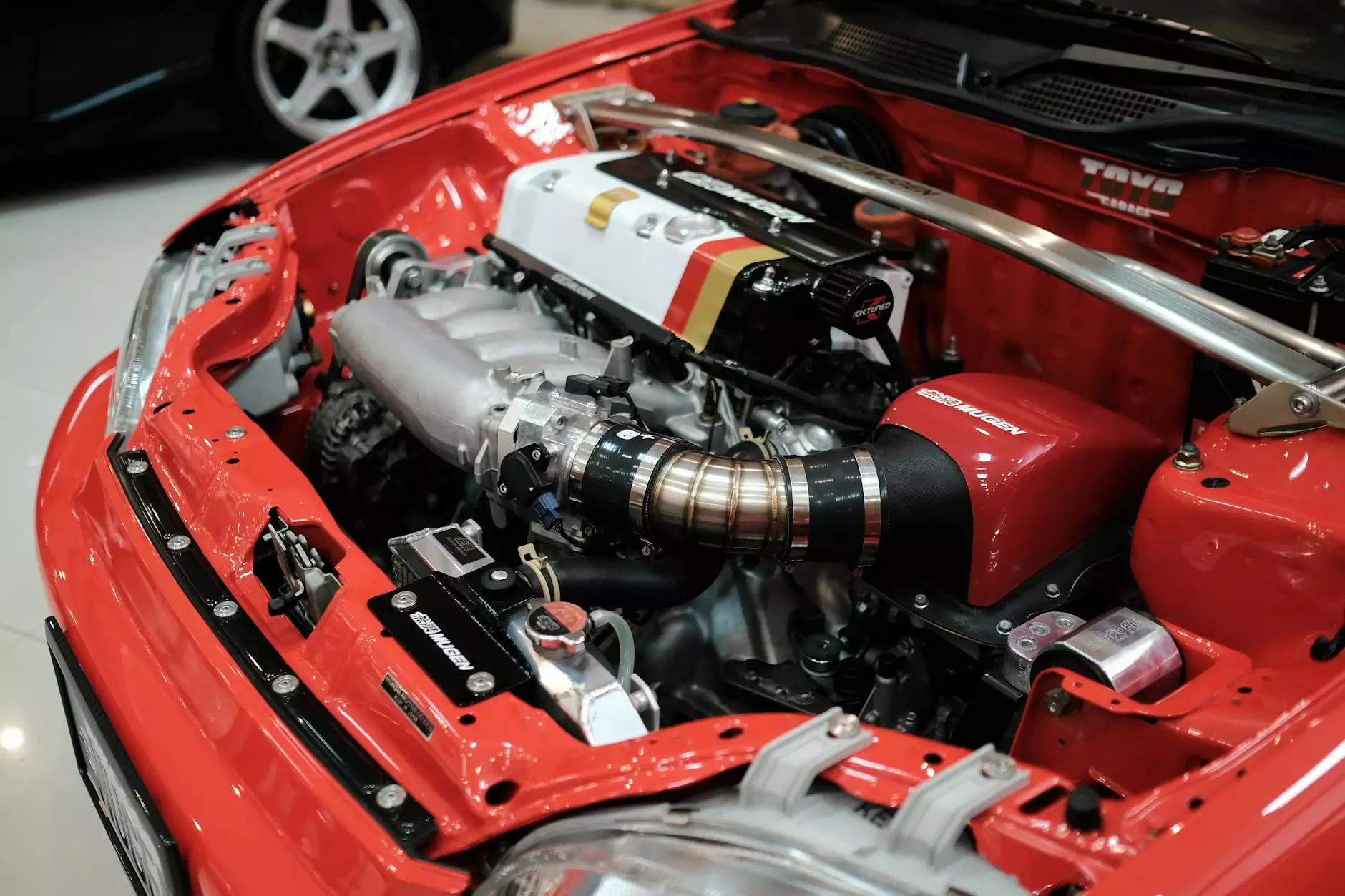Ultimate Guide to Air Cargo Tracking and Tracing

The global logistics landscape has been evolving at a rapid pace, and at the heart of this transformation lies the critical process of air cargo tracking and tracing. For businesses engaged in international trade, understanding this process is crucial for ensuring the smooth transportation of goods across borders. In this comprehensive article, we will cover everything you need to know about air cargo tracking and tracing, from its importance to the technological advancements that make it more efficient.
What is Air Cargo Tracking and Tracing?
Air cargo tracking and tracing involves monitoring the location and status of cargo shipments during their journey through the air transport network. This process not only helps businesses stay informed about their shipments but also enhances supply chain efficiency. With the increasing globalization of trade, effective tracking and tracing have become more essential than ever.
The Difference Between Tracking and Tracing
While the terms "tracking" and "tracing" are often used interchangeably, they refer to different aspects of the cargo monitoring process:
- Tracking: Refers to the ability to locate a shipment in real-time. It provides updates on the current location of the cargo within the transportation chain.
- Tracing: Involves looking back through historical data related to the shipment. This may include its previous locations, times, and handlers.
Importance of Air Cargo Tracking and Tracing
The significance of air cargo tracking and tracing cannot be understated. Here are some of the key benefits it offers to businesses and logistics operations:
- Enhanced Visibility: Provides real-time updates, improving transparency in the supply chain.
- Improved Customer Satisfaction: Customers can stay informed about their shipments, leading to greater trust and loyalty.
- Efficient Problem Resolution: Identifies issues or delays quickly, allowing companies to take corrective action promptly.
- Optimized Operations: Enables better planning and resource allocation by understanding shipment behaviors and patterns.
How Air Cargo Tracking and Tracing Works
The air cargo tracking and tracing process typically involves several key steps, utilizing various technologies and systems:
1. Booking and Labeling
Once a shipment is booked for air transport, it is assigned a unique tracking number. This number is crucial for tracking, as it allows stakeholders to monitor the shipment throughout its journey. The cargo is then labeled with barcodes or RFID tags that facilitate monitoring.
2. Scanning During Transits
At various points in the logistics chain, the cargo is scanned—this includes the origin airport, transit hubs, and the destination airport. Each scan updates the cargo status in the system, providing real-time information to all parties involved.
3. Utilization of Technology
Modern air cargo tracking employs technologies such as:
- GPS Tracking: Allows for real-time location tracking of ships and flights.
- IoT Devices: Sensors that monitor environmental conditions, such as temperature and humidity, enhancing cargo safety.
- Blockchain: Provides secure and unalterable records of shipment history for authenticity.
4. Data Integration
Data collected throughout the transportation process is integrated into platforms accessible to both cargo companies and customers. This integration helps in providing up-to-date shipment information, alerts, and other essential notifications.
Benefits of Using Air Cargo Tracking Systems
When businesses incorporate air cargo tracking and tracing systems, several advantages emerge:
- Automated Processes: Reduces the chances of human error and speeds up information sharing.
- Cost Reduction: Efficient tracking can lead to lower operational costs through better resource management.
- Compliance and Risk Management: Helps comply with international shipping regulations and manage risks associated with cargo losses or damages.
Challenges in Air Cargo Tracking and Tracing
Despite its numerous benefits, air cargo tracking and tracing does face challenges. Understanding these challenges can help businesses develop strategies to overcome them:
1. Data Privacy Concerns
With increased data collection comes the responsibility of protecting customer information. Businesses must ensure they comply with data protection regulations.
2. Integration with Existing Systems
Many logistics providers have legacy systems that may not easily integrate with modern tracking technologies. This can be a barrier to fully realizing the benefits of air cargo tracking.
3. Volatility of Air Cargo Traffic
Air cargo traffic can be extremely volatile due to market fluctuations or global events such as pandemics or political unrest, posing challenges to consistent tracking.
Future Trends in Air Cargo Tracking and Tracing
The future of air cargo tracking and tracing promises to be even more innovative. Here are some anticipated trends:
1. Advanced Analytics
Businesses are beginning to leverage big data and predictive analytics to enhance their understanding of shipment behaviors and improve forecasting accuracy.
2. Enhanced Real-Time Monitoring
With the advent of sophisticated AI-based systems, real-time monitoring will become even more precise, offering deeper insights into shipment conditions.
3. Sustainable Practices
As businesses become more eco-conscious, tracking and tracing technologies are expected to align with sustainability initiatives, ensuring cargo is transported efficiently and with minimal environmental impact.
Key Players in Air Cargo Tracking and Tracing
Several companies and platforms are spearheading advancements in the air cargo tracking and tracing sector. Here are a few notable mentions:
- UPS: Known for its reliable tracking systems and delivery services.
- DHL: Pioneers in utilizing IoT and blockchain for enhanced tracking.
- FedEx: Offers robust tracking options for air freight with real-time updates.
Conclusion
The air cargo tracking and tracing process is an indispensable component of modern logistics and supply chain management. By integrating innovative technologies and systems, businesses can maximize the efficiency of their operations, improve customer satisfaction, and maintain a competitive edge in today's global marketplace. As this field continues to evolve, staying informed and adaptable will be key to leveraging its full potential.
For businesses looking to elevate their air cargo operations, understanding and implementing sophisticated tracking and tracing solutions offered by carriers like cargobooking.aero will be vital. Investing in the right technology and strategies not only enhances operational efficiency but also reinforces commitment to customer service and satisfaction.









